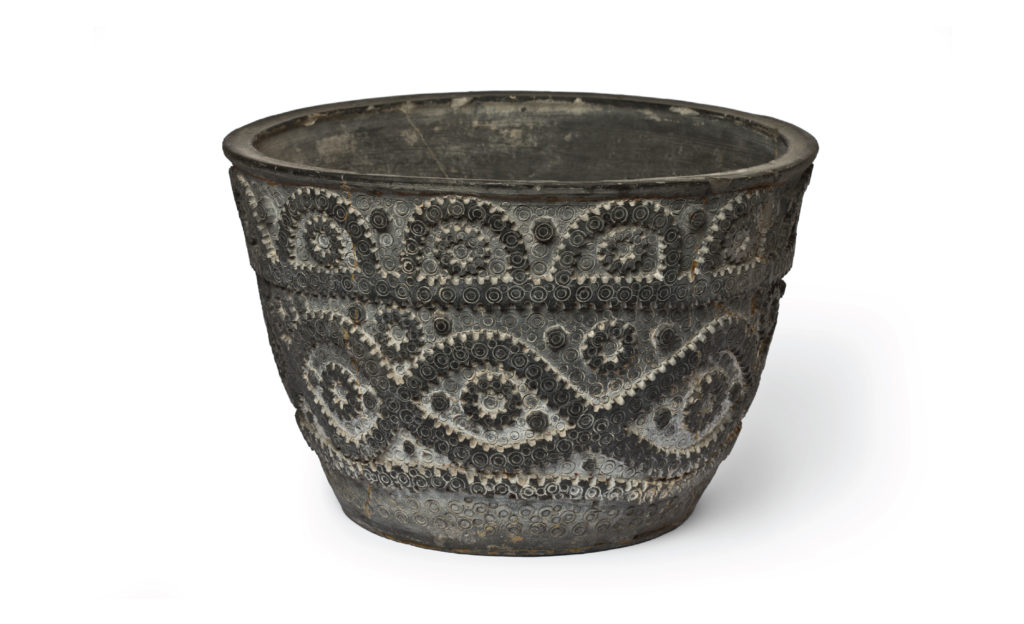The exposition aims to unfold our nation’s cultural heritage of the 18th – 20th centuries through the M. K. Čiurlionis National Museum of Art’s collection of Lithuanian folk art which is comprised of 12,000 ethnocultural objects
The title of the exhibition clearly defines the selection criteria: ancient articles that have remained unchanged for centuries, unaffected by urban culture and industrial influences. They are ritual or household objects that amaze with the complexity of forms, techniques and creative details, even though the decorative elements have retained the simplicity of prehistoric times (a dash and a dot – the starting point for the most ancient of symbols and signs known almost worldwide, eg., a swastika, a cross, a grass-snake, a string). On display are handmade items of local raw materials (clay, wood, linen, wool) and meant for everyday use: ceramic tableware, weaving and spinning tools, fabrics and clothing details. Almost all of them have sacral, ritual meaning. This is why the oldest surviving headdress of a married woman, a rare ceremonial wedding cup, distaffs and spindles (the patterns and ornaments of which encode the signs of fortune, fertility and fecundity) have become the keynotes of the exhibition.
Until the early 20th century, territorial isolation was a characteristic feature of Lithuanian peasants’ lives – it predetermined their personal traits, artistic expression and ethnic specificity. As a result, the formation of traditions developed naturally by passing them from generation to generation.
Today, as we try to focus on the natural, the sustainable, the functional and the continuity of our traditions, it is important to consider the origins of our creative Lithuanian identity.
Gallery name: National M. K. Čiurlionis Art Museum
Address: V. Putvinskio str. 55, Kaunas , Kaunas
Opening hours: Tue, Fri-Sat 10:00 - 18:00, Thu 10:00 - 19:00, Sun 11:00 - 18:00
Open: 14.08.2020 - 31.12.2021







